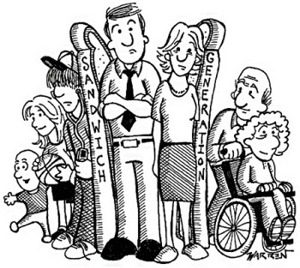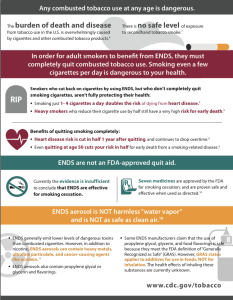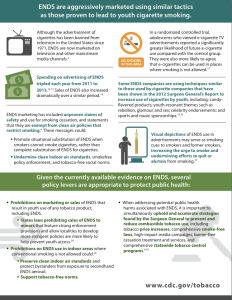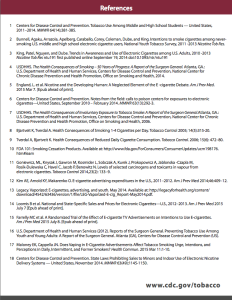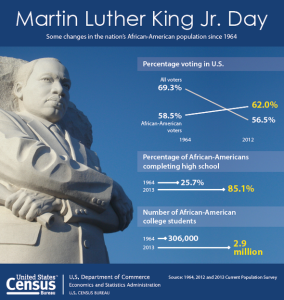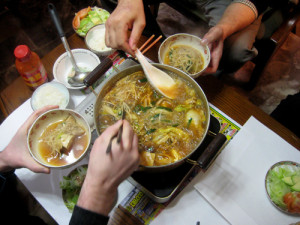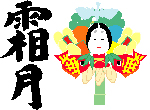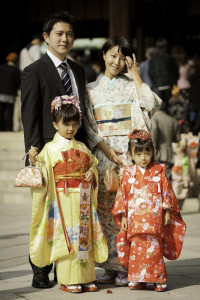https://www.psychologytoday.com
“More than 1 in 8 Americans are both raising a child and caring for a parent. They are known as the sandwich generation. Seven to 10 million adults are also caring for an aging parent who lives far away.” – https://www.cdc.gov/
So why is this occurring? Possible reasons are because:
- More people than ever are aging
- People are living longer due to advancements in medicine and technology
- It is taking longer and harder for children to become financially independent
(CDC) Some caregivers may need to change an employment situation to fit in their caregiving role. Caregivers may consider talking to a supervisor about work options allowing the caregiver to maintain both their employment and caregiving roles. These options could include the following:
- Having more flexible hours
- Reducing working hours
- Working from home
- Taking a leave of absence
- Downgrading to a less demanding job
Facts (CDC):
- People giving care to both young and older family members report higher levels of depression, anxiety, and lower quality of life. Research has shown that 17% of these caregivers rate their health as “fair” or “poor” compared with 10% of non-caregivers.
- Among the 44 million unpaid caregivers to older adults in the United States, 75% are employed. The average employed caregiver works about 35 hours a week.

